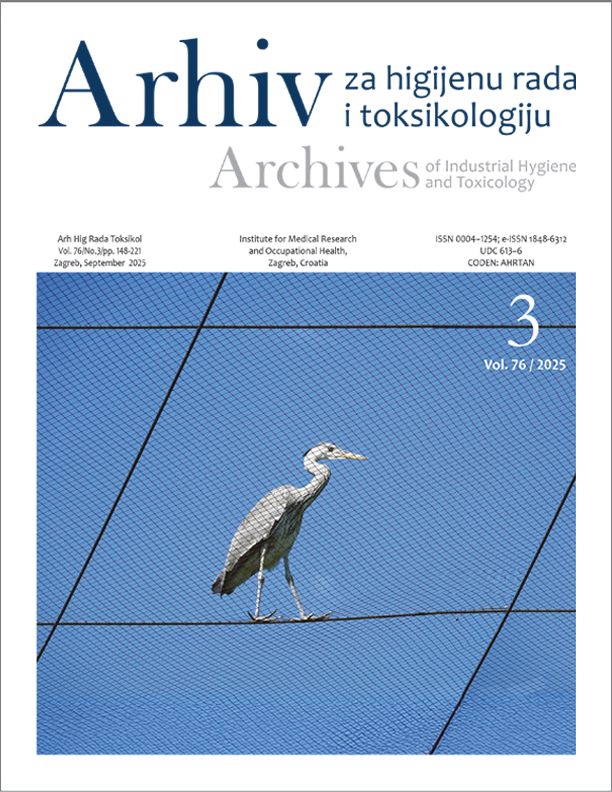Unsafe commute driving behaviour among healthcare workers: a combined scoping review and concept analysis
DOI:
https://doi.org/10.2478/aiht-2025-76-3930Keywords:
accidents, distraction, driver performance, fatigue, human factors, occupational health, risk factors, trafficAbstract
Unsafe driving behaviour is associated with the risk of crashes. Although commuting crashes prevail among healthcare workers (HCWs), unsafe driving behaviour during daily commutes remains unexplored in this group. The aim of our study was therefore to address this gap and to clarify the concept of unsafe driving behaviour among HCWs while commuting. To do that, we ran literature search in Medline, CINAHL, Scopus, and Web of Science and selected appropriate articles following the scoping review procedure, while data extraction and analysis followed the procedure for concept analysis. A total of 46 published studies met inclusion criteria. Most were from the USA (n=30), predominantly involved medical doctors (n=21), and were cross-sectional (n=24) in design. Concept analysis identified four properties of unsafe driving behaviour: 1) pressure and negative emotion, 2) drowsy driving, 3) risky driving and rules violation, and 4) distraction/inattention. Work scheduling factors emerged as the most frequently reported antecedents, while crashes were the most reported consequences. By identifying the core elements of unsafe driving behaviour among HCWs this study proposes a conceptual framework to guide future research and interventions. This framework can serve as a valuable resource for policymakers and researchers, enabling them to develop targeted strategies to address unsafe driving behaviour of HCWs during commuting, with the ultimate goal to reduce the associated crash risks.
Downloads
Published
Issue
Section
License
Copyright (c) 2025 Khairil Idham Ismail, Hanin Farhana Kamaruzaman, Mohd Faiz Ibrahim, Jonathan Michael Bryce, Rosnah Ismail, Hanizah Mohd Yusoff

This work is licensed under a Creative Commons Attribution 4.0 International License.














